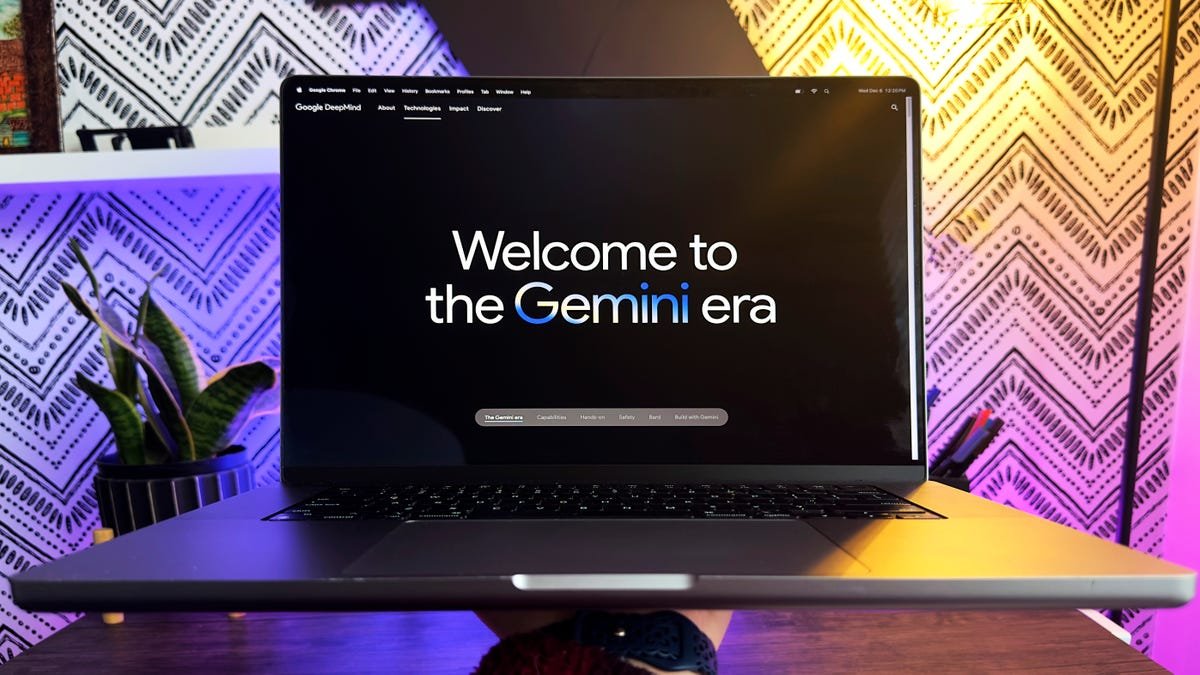Revolutionizing Creativity: Google’s Cutting-Edge AI Tools Unveiled
In a groundbreaking announcement, Google has launched two powerful AI tools: Veo 2 and Imagen 3, showcasing their commitment to pushing the frontiers of video and image generation technology. With promises of achieving state-of-the-art results, these tools are now accessible through platforms like VideoFX, ImageFX, and an innovative experiment called Whisk. But as we embrace these advancements, a question looms: should we be concerned about their implications for the creative landscape?
Veo 2: A New Era in Video Generation
Veo 2 is setting a new standard for video creation, delivering highly detailed and realistic outputs across various genres and styles. This advanced model enables users to customize content by defining camera angles, selecting cinematic effects, and even replicating specific lens types—making the possibilities extensive.
What sets Veo 2 apart from its predecessors? It boasts an enhanced comprehension of real-world physics, human movements, and cinematographic techniques. This translates to fewer errors—such as the frustration of "hallucinations" where unnecessary details like extra fingers appear in outputs. With the ability to produce videos in 4K resolution and to last several minutes, the tool caters to both everyday creators and professionals alike.
Moreover, all content produced with Veo 2 features an invisible SynthID watermark, marking it distinctly as AI-generated. This transparency helps mitigate issues of misinformation, ensuring viewers are informed about the nature of the content they consume.
Shaping the Creator Economy with AI
Google’s press release highlights the diverse applications of Veo 2, noting that YouTube creators are exploring the tool’s potential for video backgrounds in YouTube Shorts. Additionally, businesses are leveraging AI to enhance creative workflows through Google’s Vertex AI. The collaboration between Google and various creators, from filmmakers to enterprises, is crucial for continually developing these technologies.
An Enhanced Imaging Experience with Imagen 3
Alongside Veo 2, Google introduced the upgraded Imagen 3, an impressive image generation model that surpasses its predecessors in quality and versatility. Imagen 3 produces vibrant and compositionally harmonized images that align closely with user prompts. From photorealism to anime, its capabilities are diverse and adaptable, allowing for a wide range of artistic expression.
The new model delivers richer details and textures than ever before, and in rigorous side-by-side evaluations against leading models, Imagen 3 emerged as a state-of-the-art contender. Effective immediately, users in over 100 countries can access it through ImageFX, opening doors for creators around the globe.
Whisk: The Playground for Imagination
Another fascinating addition is Whisk, an experimental tool designed to stretch the boundaries of creative exploration by enabling users to remix existing images. By merging Imagen 3 with Gemini’s visual description capabilities, Whisk allows users to analyze and caption their uploaded images before transforming them into unique digital designs, such as stickers or pins.
Initially launched in the U.S., Whisk aims to broaden accessibility to advanced AI tools while promoting a dynamic and enjoyable user experience, paving the way for endless creativity.
Navigating Concerns for the Creative Community
The rollouts of Veo 2 and Imagen 3 open new avenues for artists and creators; however, they also introduce significant concerns. Although these tools empower users to effortlessly craft high-quality content, they pose a threat to traditional artistry sectors. Conversations highlighting the growing trend of replacing human illustrators, designers, and photographers with AI tools are increasing—notably on platforms like Reddit.
While some fear the displacement of human artists, others raise alarms about the ethical implications surrounding deepfakes, misuse, and misinformation resulting from the accuracy of generative AI tools. Google emphasizes its commitment to responsible development through transparent labeling, but the question remains: is it sufficient?
The Responsibility of Critical Thinking
As AI-generated images grow increasingly believable, society grapples with the responsibility of critical thinking. In an age flooded with information, safeguarding against misinterpretation and misplaced trust becomes essential. AI video generators, while advanced, are not yet positioned to replace human creativity entirely—at least not for the foreseeable future.
AI Video Generators: Not Quite There Yet
In a recent experiment with the AI video generator Sora, user feedback displayed that while the technology is impressive, it still has room for improvement. The tools are advancing, but they have not yet reached a stage where they can replace the nuanced artistry and experience that human creators bring to the table.
The Road Ahead for AI in Creative Industries
As these AI tools evolve, creatives and industry professionals must adapt and explore new ways to integrate them into their workflows. Embracing the collaboration between human ingenuity and AI capability can lead to fascinating results. While traditional skills will always hold value, the acceptance of AI as a tool rather than a replacement could transform the creative landscape.
Final Thoughts: Embracing the Future of Creativity
Google’s launch of Veo 2, Imagen 3, and Whisk presents both exhilarating possibilities and complex challenges for the creative community. As we stand on the brink of this technological evolution, it’s crucial to approach these advancements with a blend of enthusiasm and caution. AI-generated content likely heralds a new era in creativity, but as artists, designers, and creators, we must remain vigilant and continue to value the human touch.
In conclusion, while the rise of AI innovations like Veo 2 and Imagen 3 offers tools that can streamline and enhance creative processes, they also beckon a re-examination of the roles and responsibilities of human creators. The future of artistry will likely hinge on a synthesis of human creativity and AI efficiency that respects traditional craftsmanship while embracing the potential of technological advancements.







